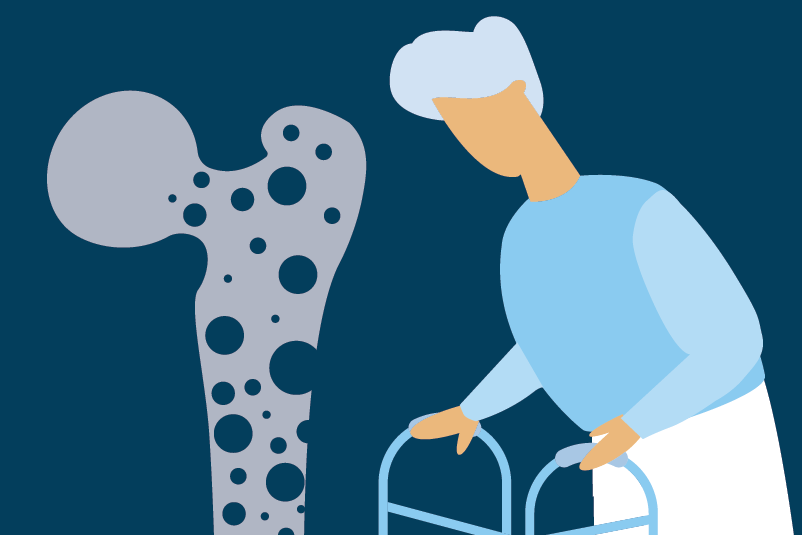#285 Should a ‘flozin be chosen to play a part for a failing heart?

Reading Tools for Practice Article can earn you MainPro+ Credits
Join NowAlready a CFPCLearn Member? Log in
- DAPA-HF:1 4744 patients, dapagliflozin 10mg daily.
- At 18 months:
- Mortality: 11.6% versus 13.9% (placebo), number needed to treat (NNT)=44.
- Heart failure hospitalization: 9.7% versus 13.4% (placebo), NNT=27.
- At 8 months:
- 58.3% versus 50.9% (placebo) achieved minimal important improvement in quality of life (≥5 points on 100-point scale), NNT=14.
- Adverse events: No difference.
- At 18 months:
- EMPEROR-Reduced:2 3730 patients, empagliflozin 10mg daily. At 16 months:
- Mortality: 13.4% versus 14.2% (placebo), not statistically different.
- Heart failure hospitalization: 13.2% versus 18.3% (placebo), NNT=20.
- Adverse events:
- Genital infections: 1.7% versus 0.6% (placebo), NNH=91.
- One meta-analysis4 including both trials:
- Reduction in mortality (NNT=61) and heart failure hospitalization (NNT=24).
- Similar efficacy in those with or without diabetes, and with or without sacubitril-valsartan.
- SGLT2i efficacy comparable to other heart failure medications:5,6
- Mortality: Relative risk reduction ~13% (others ~16-35%).
- Heart failure hospitalization: Relative risk reduction ~30% (others ~20-35%).
- Unlike other heart failure medications, SGLT2i do not seem to cause significant hypotension or electrolyte abnormalities.1,2,4
- Canadian guidelines7 recommend SGLT2i for patients with “mild to moderate” heart failure, though sequence not specified (e.g. whether to consider SGLT2i prior to sacubitril-valsartan).
- Splitting empagliflozin 25mg in half=12.5 mg (trial dose=10 mg) cuts cost in half (to ~$560/year).8







loosing glucose in urine helps to control DM and overweight in Diabetic patients, but for non Diabetic patients with low BMI, can SGLT2i cause issue of malnutrition ?
I was an early adopter of SGLT2 inhibitors for this indication into my practice. One other benefit that is important to consider is that they do not disturb serum sodium or potassium.
good tip in saving money with halting the pill
I have started using Flozins for CHF patients in my practice